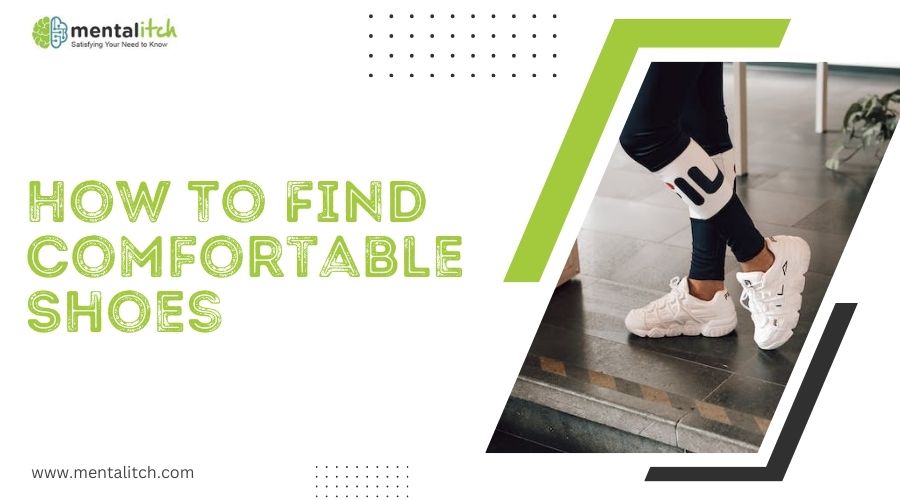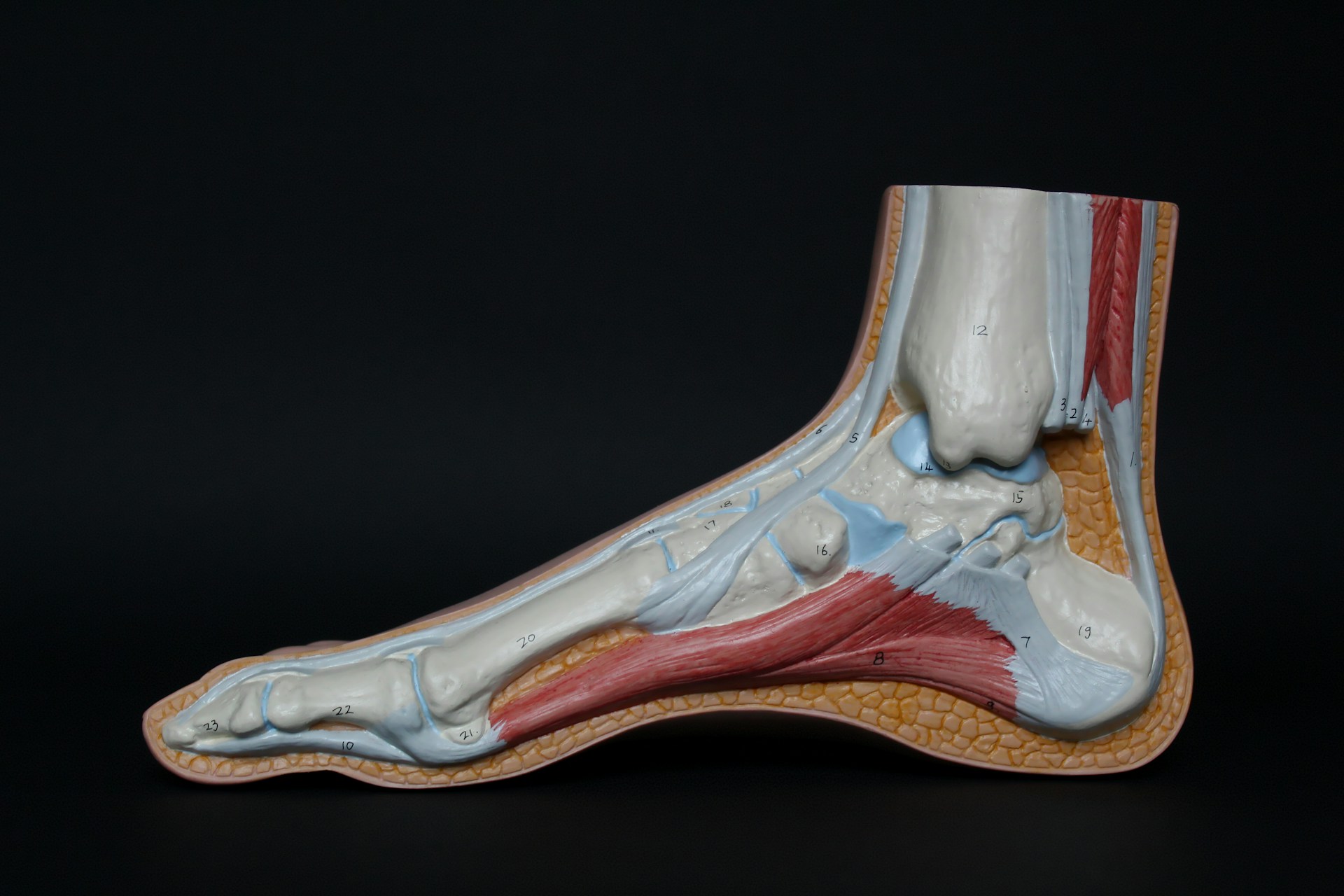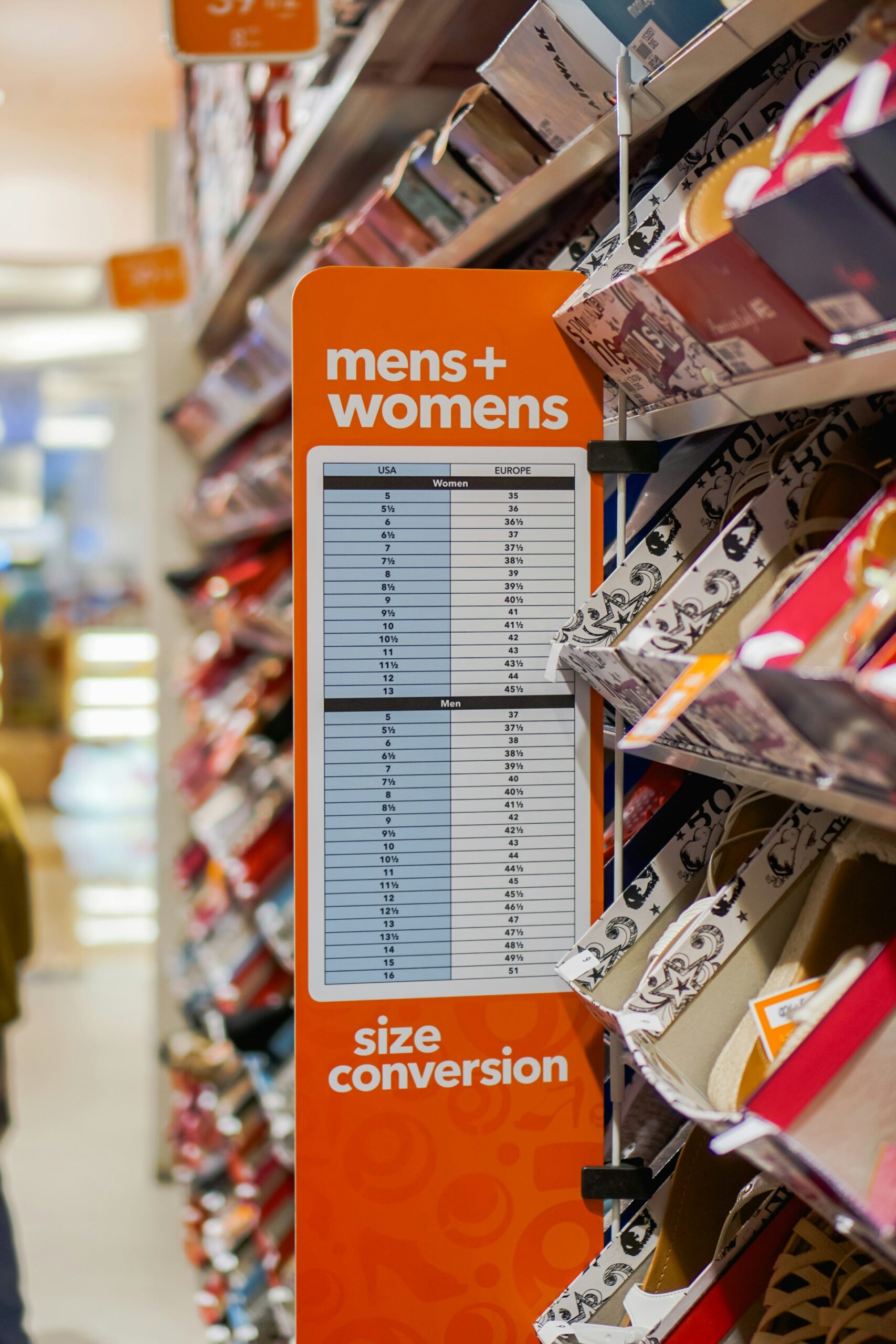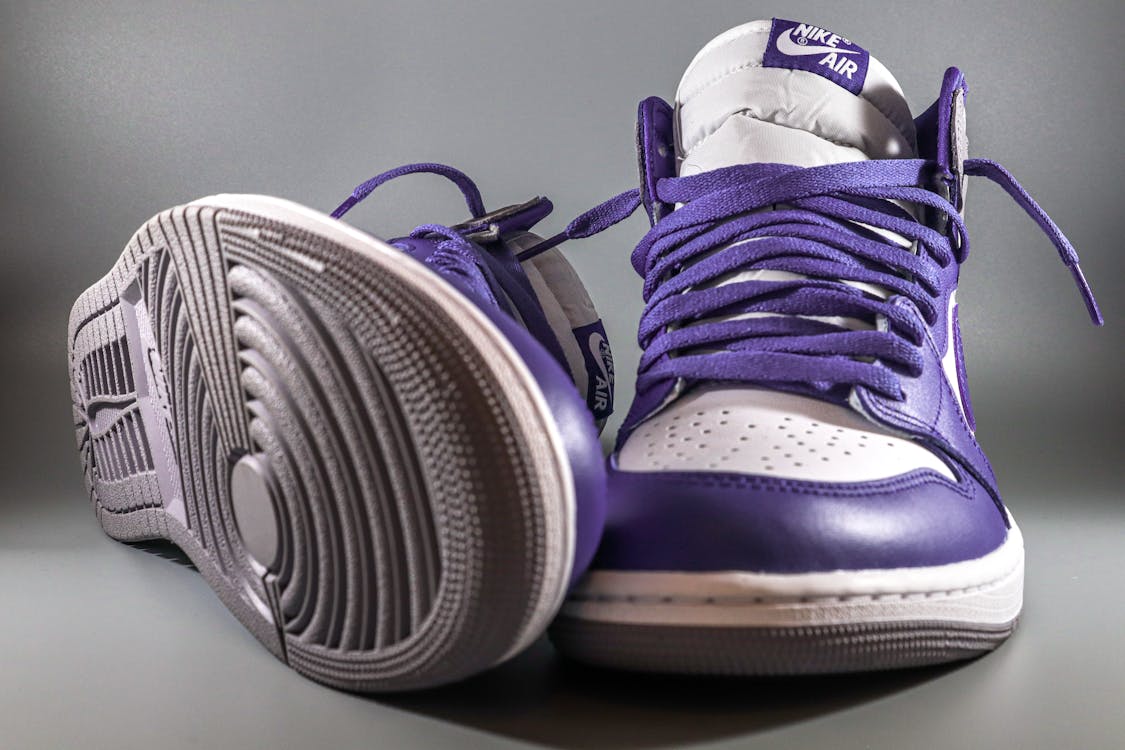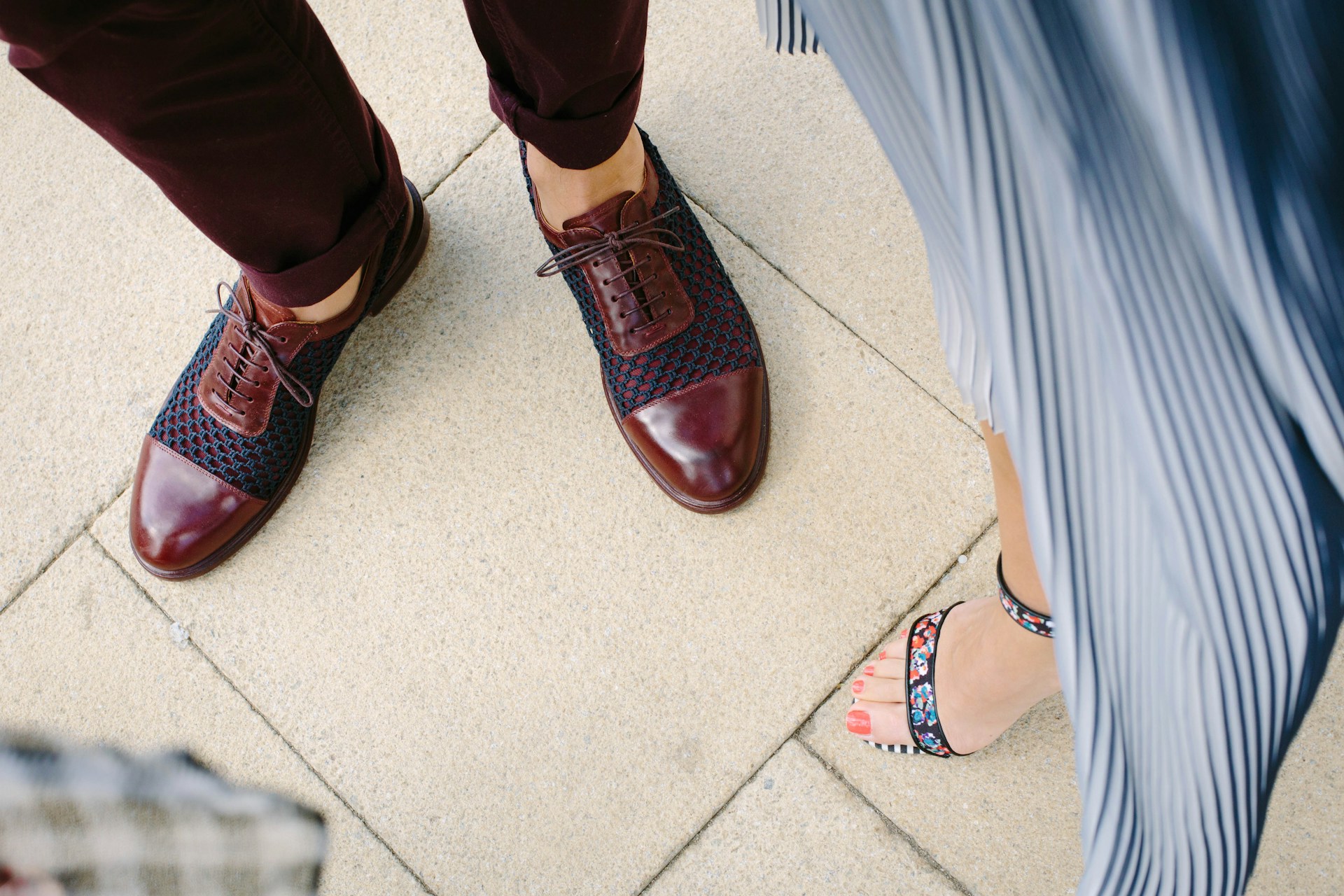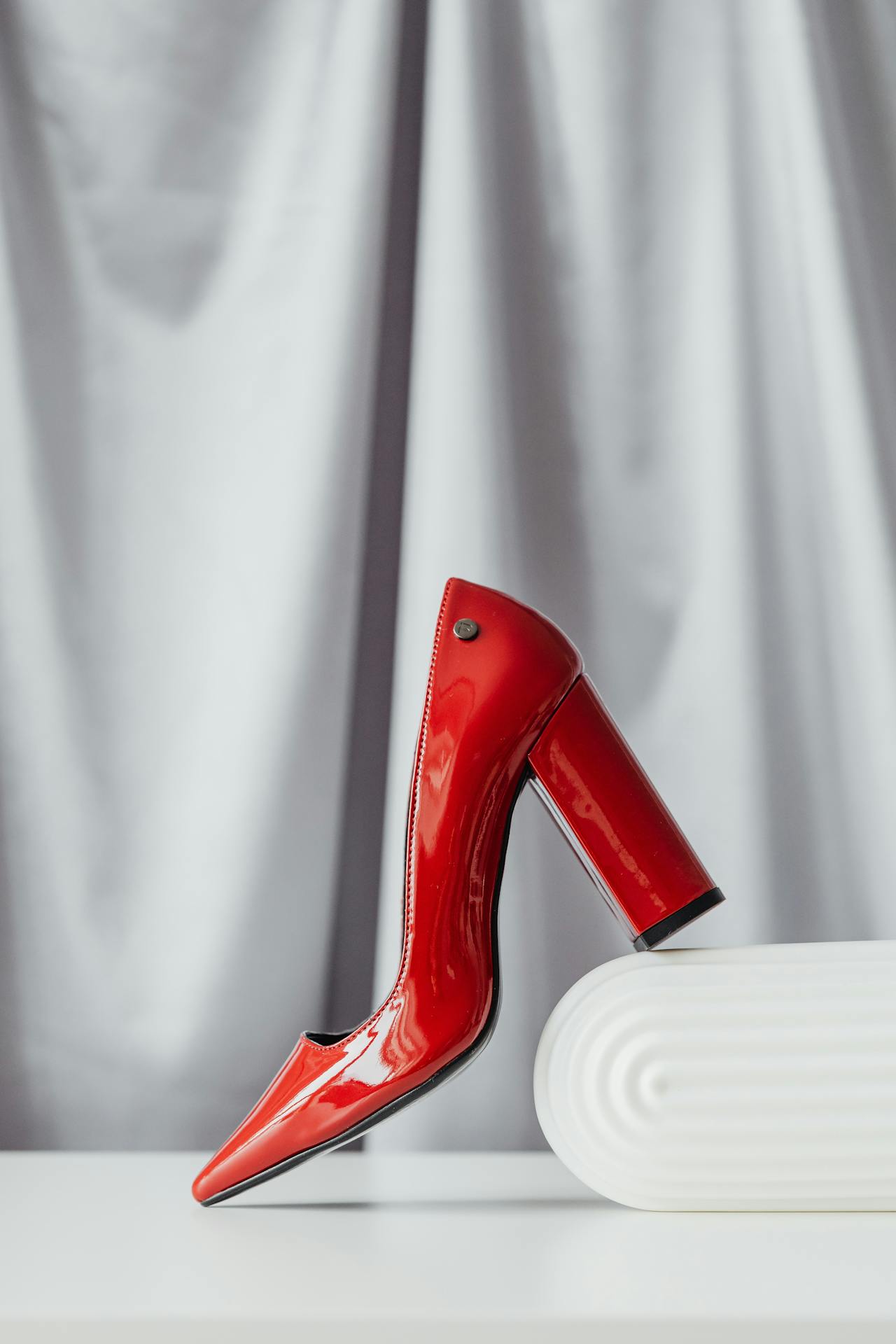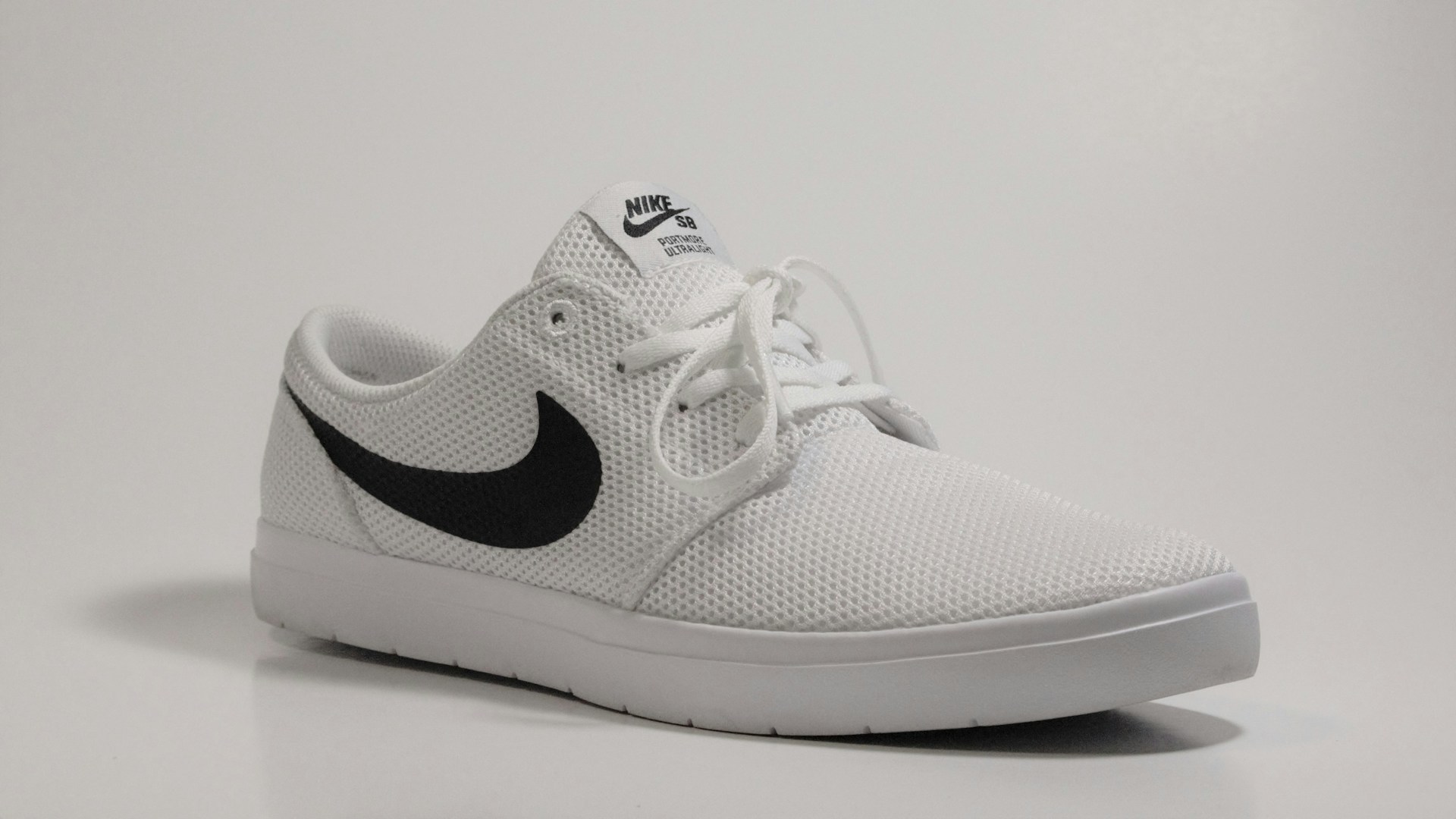Have you ever wondered why the quest for comfortable shoes feels like searching for a needle in a haystack? You’re not alone in this journey. To navigate the vast sea of options, you’ll need to consider several factors, from the material and design to the shoe’s specific features that align with your foot’s anatomy.
It’s a delicate balance between style and comfort, and knowing what to look for can transform your experience. Stay with us as we uncover the secrets to finding shoes that won’t have you limping home at the end of the day.
Key Takeaways
- Choose shoes with proper arch support to prevent foot issues and ensure stability.
- Opt for materials that are soft, flexible, and breathable for ultimate comfort.
- Ensure a proper fit by measuring both feet and allowing space for toe movement.
- Look for shoes with cushioning insoles and shock-absorbent outsoles for enhanced comfort.
Understanding Foot Anatomy
To understand how to find comfortable shoes, it’s crucial to first grasp the complexity of your foot’s anatomy, which includes 26 bones, 33 joints, and more than 100 muscles, tendons, and ligaments. This intricate structure supports your body weight, absorbs shock, and maintains balance. It’s essential to consider this complexity when selecting shoes to ensure they provide the proper support your feet need.
The arches of your foot, including the medial, lateral, and transverse arches, play a significant role in weight distribution and shock absorption. Shoes with adequate arch support cater to these functions, promoting foot health and preventing common issues like plantar fasciitis and bunions. Therefore, understanding your foot’s anatomy helps in choosing shoes that align with your foot’s natural structure, offering comfort and stability.
When it comes to shoe selection, prioritize options that complement your foot’s unique contours. This approach not only enhances comfort but also minimizes the risk of foot problems. Remember, comfortable shoes aren’t just about softness; they’re about providing the right support where your feet need it most. Keep your foot anatomy in mind, and you’ll be well on your way to finding shoes that genuinely offer the comfort and support essential for maintaining your foot health.
Importance of Material Selection
After understanding your foot’s anatomy, it’s equally important to consider the materials of your shoes, as they play a crucial role in providing comfort and preventing issues. The materials used in your footwear can significantly impact how comfortable your shoes are throughout the day. When selecting shoes, focusing on soft and supple materials like leather, suede, and knit can offer you the flexibility and comfort you need. These materials ensure that the shoe moves with your foot, providing a more natural and comfortable walking experience.
Here are three key points to keep in mind about material selection:
- Flexibility: Malleable materials adapt to the shape of your foot, enhancing comfort.
- Breathability: Opt for materials with slits or vents to prevent overheating and moisture buildup.
- Gentleness: Materials that are gentle on the skin reduce the risk of blisters and irritation.
Choosing the right materials can make a significant difference in how comfortable your shoes feel. Soft and flexible materials that are gentle on the skin and allow your feet to breathe can transform your walking experience, making your shoes feel like a natural extension of your feet.
Proper Shoe Sizing Techniques
Understanding how to correctly size your shoes is crucial for ensuring long-lasting comfort and avoiding foot issues. When you’re on the hunt for comfortable shoes, remember that your feet can vary in size. Measuring both feet is essential; you might find one foot is slightly larger than the other. Always base your shoe size on the larger foot to avoid any discomfort.
Another key point is to ensure there’s a thumb’s width of space between your longest toe and the end of the shoe. This space is vital for preventing cramps and blisters, making wearing comfortable shoes a reality rather than a struggle.
Don’t forget that shoe sizes can differ significantly between brands. It’s not just about the number; trying on shoes before purchasing them is a must. This also allows you to check the width of the shoe. A narrow fit can lead to discomfort and various foot problems, so look for a shoe with a wide toe box. This will give your toes the room they need to move freely.
Lastly, consult a shoe size chart to find the most accurate size for your measurements. Charts can be a great guide, but remember, trying on shoes is the best way to ensure a perfect fit.
Evaluating Insole Comfort
After ensuring your shoes are the right size, it’s crucial to focus on the insoles, as they play a key role in your comfort and foot health. You’ll want to consider the material of the insole, assess how much cushioning it offers, and understand your arch support needs. These factors together determine whether a shoe will support your daily activities without leading to discomfort or fatigue.
Selecting Appropriate Insole Material
Why should you consider the insole material when selecting comfortable shoes?
The right insole can significantly affect how your shoes fit and feel on your feet, providing the necessary support, cushioning, and ultimately, a more comfortable fit. Here are key reasons why:
- Memory foam insoles adapt to the shape of your feet, offering a personalized comfort that enhances the fit and support of your shoes.
- Gel cushioning insoles are excellent for absorbing impact, reducing pressure on your feet during long walks or runs.
- Moisture-wicking insoles help in keeping your feet dry, preventing the discomfort that comes from sweat and reducing the risk of slipping inside your shoes.
Choosing the right insole material can make a world of difference in your daily comfort and foot health.
Assessing Insole Cushioning Level
Having explored the importance of insole material, let’s now examine how to evaluate the cushioning level for optimal comfort.
Press into the insole to feel for adequate cushioning, which plays a crucial role in offsetting impact on hard surfaces. Memory foam or gel insoles are excellent choices as they mold to your foot shape, offering personalized comfort.
It’s important to remember that proper insole cushioning is vital for comfort during long periods of walking or standing. It can prevent foot fatigue and reduce strain on your feet and joints.
Choosing shoes with sufficient insole cushioning significantly enhances overall comfort and support, making a noticeable difference in how your feet feel throughout the day.
Understanding Arch Support Needs
To ensure your feet stay comfortable and supported, it’s crucial to understand your arch support needs when evaluating insole comfort. Arch support in insoles helps distribute weight evenly, reducing strain and preventing conditions like plantar fasciitis. Moreover, the right insoles can improve your foot alignment and posture, enhancing overall comfort and reducing the risk of foot fatigue during prolonged periods of standing or walking.
- Custom Orthotic Solutions: For specific needs, consider custom orthotic insoles designed just for your feet.
- Alleviate Common Foot Conditions: Proper arch support can help manage and alleviate the symptoms of flat feet and plantar fasciitis.
- Enhance Comfort and Reduce Fatigue: Insoles with adequate arch support can significantly enhance comfort and minimize foot fatigue, making long days on your feet much easier to handle.
Assessing Outsole Features
When selecting comfortable shoes, it’s crucial to examine the outsole’s features, as they play a significant role in cushioning and shock absorption. The right outsole can make a world of difference in how your feet feel at the end of the day. Look for outsoles made of rubber or EVA, as these materials are known for their superior shock absorption capabilities. Unlike leather outsoles, which may look sleek but often lack in cushioning, rubber and EVA outsoles provide the resilience and support your feet need.
Cushioned outsoles are vital for overall comfort. They ensure the outsole provides enough cushioning to adequately support your feet, especially in the areas where you need it the most. This is particularly important to consider if you’re on your feet for extended periods. Moreover, opting for lighter outsoles can significantly reduce strain on your body. This, in turn, prevents foot fatigue, ensuring you can stay active and comfortable longer.
Importance of Toe Box Shape
A properly shaped toe box is crucial for your foot health, allowing natural movement and preventing discomfort. When you’re on the hunt for comfortable shoes, paying attention to the toe box shape should be a top priority. It’s not just about how the shoes look; it’s about ensuring your toes have enough room to move as they naturally should.
Choosing the right toe box shape can make a significant difference in how comfortable your shoes are. Here’s why it’s so important:
- Prevents foot issues: A wide enough toe box prevents the squeezing of your toes, which can lead to bunions and other uncomfortable foot issues.
- Promotes natural toe movement: Your toes aren’t meant to be cramped up. A roomy toe box allows for natural toe movement, which is essential for maintaining foot health.
- Ensures overall comfort: The shape of the toe box can substantially impact your overall comfort. Shoes that are wide enough to accommodate your toes without squeezing them will help you avoid discomfort and promote better alignment.
Benefits of Adjustable Features
After exploring the importance of toe box shape, let’s turn our attention to the benefits of adjustable features in shoes. You’ll find that elements like laces, buckles, and velcro not only offer enhanced fit flexibility but also allow for personalized comfort control. This adaptability ensures that your shoes can meet the unique needs of your feet, providing a comfortable experience with every step.
Enhanced Fit Flexibility
Adjustable features like laces, buckles, and velcro straps offer unparalleled fit flexibility, catering to various foot shapes and sizes for optimum comfort. When you look for shoes with these adjustable features, you’re ensuring a more customized fit that not only enhances breathability but also accommodates different foot conditions. This adaptability is crucial in preventing discomfort and potential foot issues before they start.
- Customized Fit: Easily adjust your shoes to the contours of your feet, ensuring a snug, comfortable fit.
- Enhanced Breathability: Strategic slits and vents improve air circulation, keeping your feet cool.
- Foot Condition Accommodation: Swelling or other conditions? Simply adjust your shoe’s fit to provide relief and support.
Personalized Comfort Control
Building on the foundation of enhanced fit flexibility, let’s explore how personalized comfort control through adjustable features elevates your shoe-wearing experience. Adjustable elements like laces, buckles, and Velcro adapt to your unique foot shapes and sizes, ensuring your shoes aren’t just comfortable, but feel like they’re made just for you.
| Feature | Benefit | Ideal For |
|---|---|---|
| Laces | Tailored fit | Diverse foot shapes |
| Buckles | Secure positioning | Active lifestyles |
| Velcro | Easy adjustability | Quick changes |
| Elastic | Flexibility | Free foot movement |
These adjustable features allow for a customized fit, enhancing breathability and accommodating various foot conditions. You’re not just wearing comfortable shoes; you’re stepping into a world of personalized comfort control, ensuring each step is better than the last.
Heel Support and Height
Choosing the right heel height, from flat to 1-inch, can greatly improve your comfort and reduce the risk of foot strain. When you’re on the hunt for the perfect pair, it’s not just about the aesthetics; it’s about understanding how different heel heights can affect your arch type and overall foot health. Lower heels are generally recommended because they offer better heel support, helping in maintaining a natural foot posture and reducing undue pressure on your forefoot.
Here are three key points to keep in mind:
- Arch Support: Look for shoes that complement your arch type. Proper arch support can mitigate foot strain and enhance comfort.
- Shoe Weight: Lighter shoes, especially those with rubber or EVA outsoles, can significantly reduce foot fatigue. They offer better shock absorption, making each step easier.
- Heel Support: A sturdy heel, even at a lower height, can provide essential support for your feet, aiding in shock absorption and reducing strain on your legs.
Choosing shoes that address these aspects can dramatically improve your day-to-day comfort, ensuring that you’re not only stylish but also kind to your feet.
Analyzing Interior Comfort
Next, let’s explore the interior comfort of your shoes, focusing on cushioning and support. You’ll want to ensure the shoes you pick have ample cushioning for support.
Additionally, consider the material and breathability of the shoes. It’s important that they are made of materials that allow your feet to breathe. This combination is key to preventing discomfort and ensuring your shoes feel great throughout the day.
Cushioning and Support
When considering the interior comfort of shoes, it’s crucial to focus on cushioning and support to ensure your feet remain comfortable and supported throughout the day. Comfortable shoes not only support your feet but also prevent foot pain, especially when you’re on them all day.
Here are key points to keep in mind:
- Ensure there’s enough cushion in the insole to offset impact on hard surfaces.
- Look for arch support to prevent foot fatigue and provide necessary support.
- Avoid shoes with prominent interior seams, as these can lead to discomfort and irritation.
Finding the correct shoe size is essential, but so is checking for padding around key areas inside the shoe. Running your fingers inside the shoe to check for potential blister-causing rough areas is a simple yet effective step to ensure long-term comfort.
Material and Breathability
Often overlooked, the material and breathability of shoes play a pivotal role in your overall foot comfort. When you’re on the hunt for comfortable shoes, prioritize soft and supple materials like suede, soft leathers, stretch, and knit. These materials not only offer better comfort but also ensure your shoes mold to your movements, enhancing your walking experience.
Steer clear of stiff materials such as patent leather, vinyl, and PVC which can restrict your foot’s natural movement and lead to discomfort. Always check for smooth interiors that lack prominent seams, minimizing the risk of blisters. Additionally, make sure your shoes have no rough areas inside that could irritate your feet.
Opt for materials that provide good ventilation, keeping your feet dry and comfy all day.
Lightweight Design Considerations
Considering lightweight design in shoes is crucial for reducing strain and enhancing comfort during extended wear. When you’re on the lookout for a pair that won’t weigh you down, focusing on a lightweight shoe can significantly impact your overall well-being. These shoes not only reduce strain on your muscles and joints but also promote ease of movement, allowing you to go about your day without the added burden on your feet.
Materials play a huge role in the weight of your footwear. Opting for shoes crafted from materials like mesh, knit, or other lightweight textiles, coupled with EVA and foam outsoles, can make a noticeable difference. These choices not only contribute to a lighter shoe but also ensure your feet remain comfortable and supported, regardless of how long you’re on them.
To keep you interested, here are three key points to remember:
- Materials like mesh and lightweight textiles enhance breathability and reduce weight.
- EVA and foam outsoles offer a lighter alternative to traditional heavy soles.
- Choosing lightweight shoes can help prevent foot fatigue and discomfort, keeping you on your feet longer without the added strain.
Conclusion
Finding the right pair of comfortable shoes doesn’t have to be daunting. Remember to consider your foot anatomy and select materials that breathe and flex with you. Ensure they’re properly sized, and don’t skimp on checking the insole and outsole for cushion and support.
Adjustable features can be a game-changer for a snug fit, while the right heel height and lightweight design will keep your feet happy all day. By keeping these tips in mind, you’ll step into comfort effortlessly.

